As a conservation organisation Gorilla Doctors is unique – they are the only organisation that provides life-saving veterinary care to mountain and eastern lowland (Grauer’s) gorillas in the wild. Mountain gorillas are found in the national parks of Rwanda, DRC and Uganda and Grauer’s gorillas are found only in eastern DRC. Gorilla Doctors is a US-based non-profit organisation that relies on grants and donors for funding. They are an international team of Rwandan, Ugandan and Congolese wildlife veterinarians with a regional headquarters in northern Rwanda and field stations in both Uganda and DRC.
For domestic animal veterinarians, their patients are often brought to a clinic to be seen, where an intimate “hands on” check of the animal can be done. The first major difference is that the National Park is Gorilla Doctors’ ‘clinic’ – all are treated in the forest, which can sometimes mean a three-hour trek just to see their gorilla ‘patient’. It has been fascinating to accompany Gorilla Doctors veterinarians in both Rwanda and DRC to watch them work and see how they monitor the health of and conduct routine health checks on these great apes.
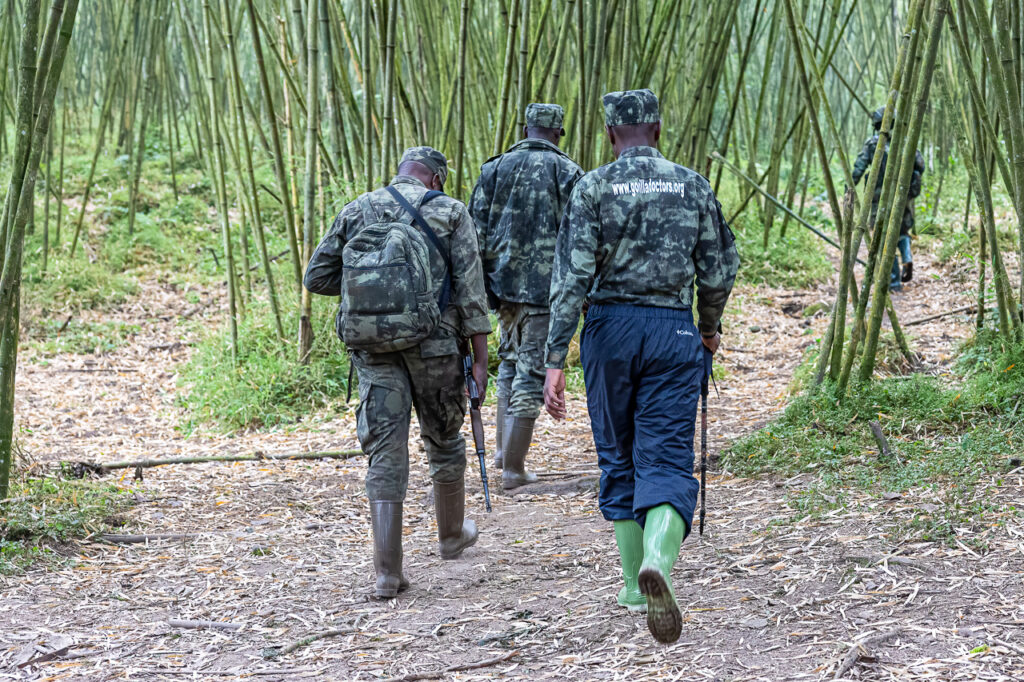
The gorilla groups monitored and treated by the Gorilla Doctors teams have been human-habituated, meaning they are used to the presence of humans. Mountain and Grauer’s gorillas both live in family groups which can range in size from the smallest of 2 or 3 members through to the largest ones that can be up to 35-40 individuals. To monitor the health of their patients, the Gorilla Doctor teams work closely with the wildlife authorities of the three countries where the gorillas live – the Rwanda Development Board (RDB), the Uganda Wildlife Authority (UWA) and the L’Institut Congolais pour la Conservation de la Nature (ICCN). Across the three countries on a daily basis each habituated gorilla family is followed by a team of trackers from the wildlife authorities. Daily tracking by park staff plays a critical role by alerting the Gorilla Doctors to any changes in the health of the gorillas; changes such as clinical signs of illness or injury.
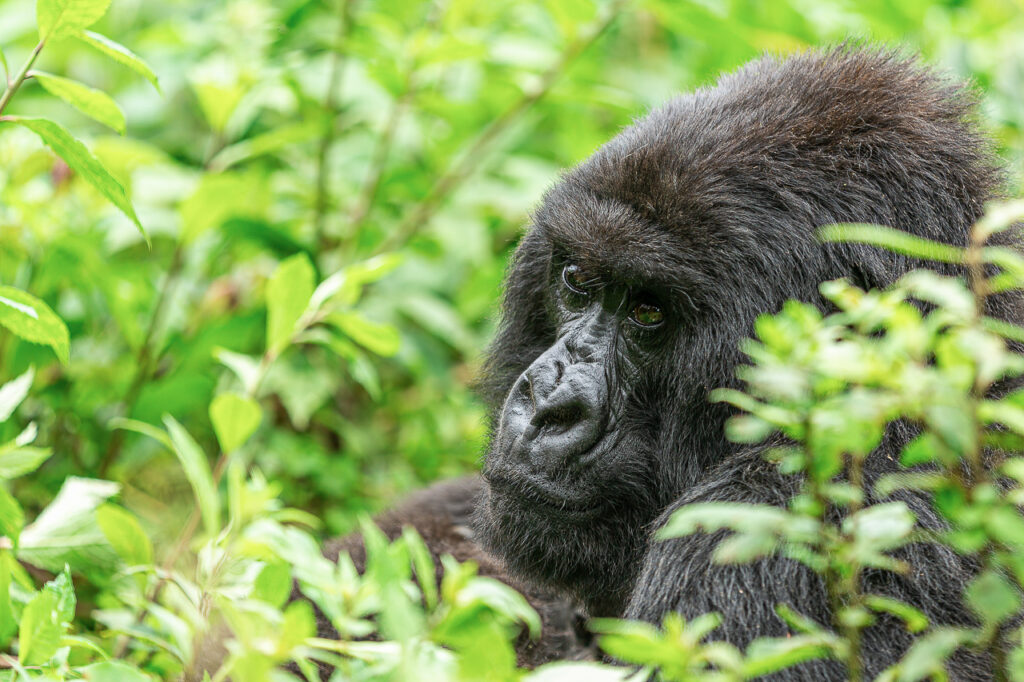
At least three to four times a week the team accompanies trackers to visit a family group. The team, which includes at least one Gorilla Doctor vet and several trackers will trek into the National Park to where the trackers last saw the family the day before. The team then finds and follows signs (discarded food, broken branches and poop) left by the gorilla family to where they slept the night before. Each night adult gorillas build a nest to sleep in, the infants sleep with their mother or the dominant male Silverback who is usually the father. Each nest is counted and analysed by the team before they find and follow more sign the gorillas left earlier that morning, until they locate the family.
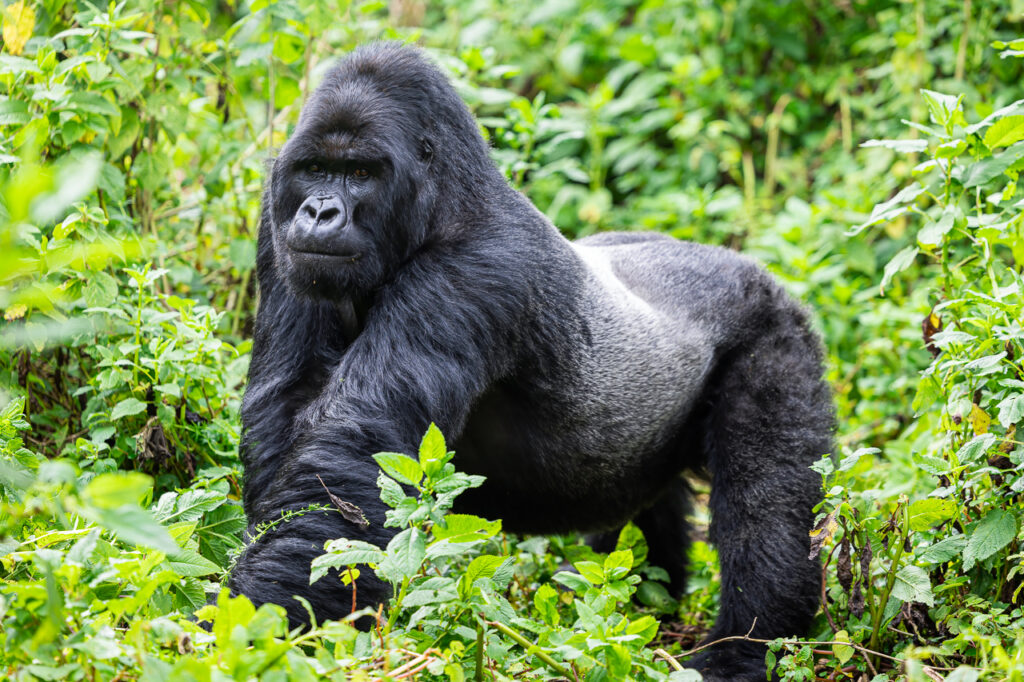
One of the gravest threats to mountain and Grauer’s gorillas are respiratory infections. Gorillas are susceptible to human diseases (and vice versa), hence the protocols of mask wearing and remaining at least ten metres away from gorillas are in place to help reduce the risk of disease transmission between humans and gorillas. The Gorilla Doctors also adhere to these protocols and so observation skills are critical when conducting a routine health check. During a routine health check the Gorilla Doctors observe each member of the group using cameras with telephoto lenses to closely assess each individual for signs of illness or injury. The Gorilla Doctors also watch to see how each individual is moving, eating, and interacting with the other members of the group. Having completed the routine health check the Gorilla Doctors will then trek out of the National Park and back to their field station where a report is prepared and disseminated.
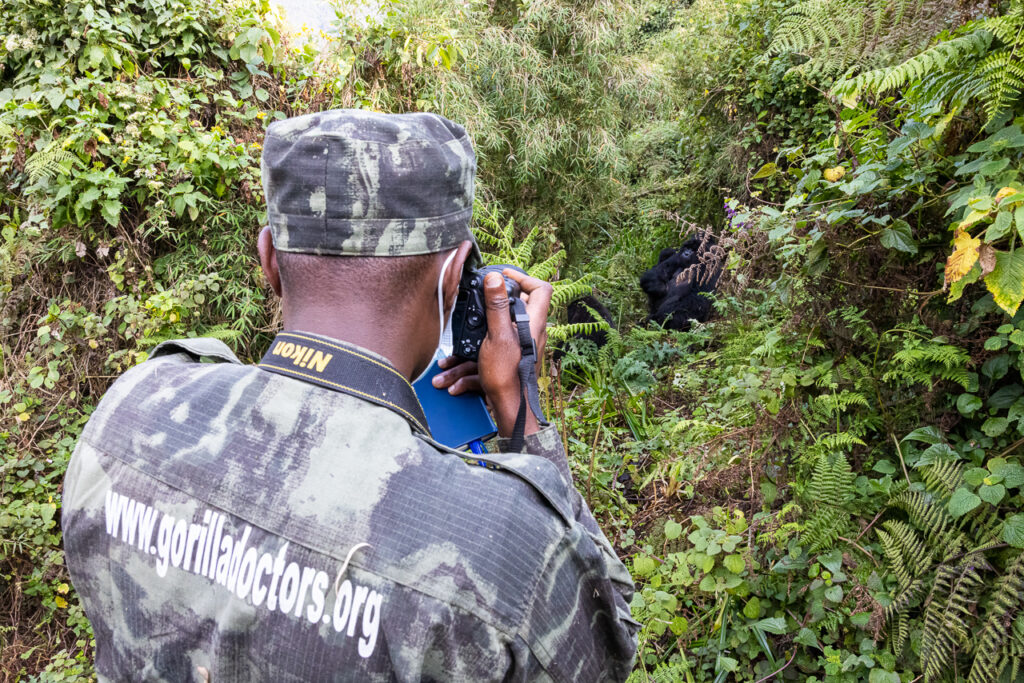
When the vets need to provide medication, it is administered using a dart gun – the medication is in the dart. This is also how a gorilla is anesthetised when the vets need to provide more hands-on treatment. When the illness or injury is life-threatening and anesthesia is required, their life-saving interventions are also done in the wild. They carry all supplies and equipment, even portable x-ray machines, into the forest. Always surrounded by their patient’s gorilla family, the Gorilla Doctors clean and stitch wounds, administer medication and conduct physical exams. The Gorilla Doctor vets and trackers closely monitor the gorilla patient afterwards to ensure they make a full recovery.
An independent study found that up to 40% of the annual population growth rate of habituated mountain gorillas was the result of veterinary care1. In fact, mountain gorillas are the only great ape in the wild whose numbers are increasing – a conservation win in a world where 69% of monitored wildlife populations have declined since 1970 according to the recently released Living Planet Report from the World Wildlife Fund.
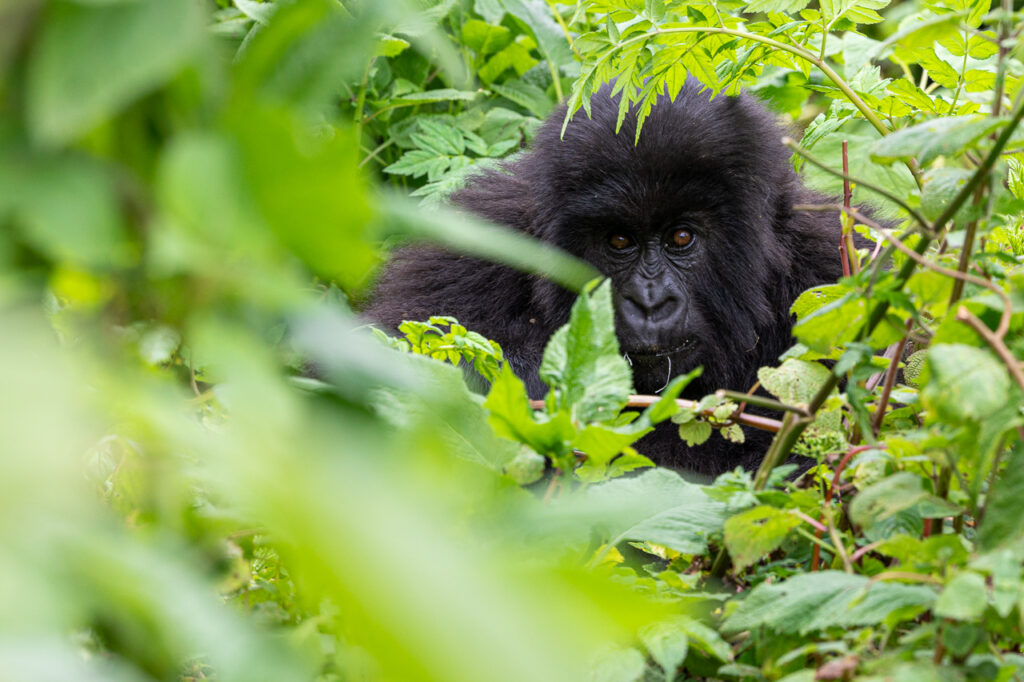
Gorilla Doctors utilise a One Health approach which recognises that the health of gorillas, people and their shared environment are interconnected. To that end, they also provide preventive healthcare to park personnel, and health education to people that live near gorilla habitats, in order to help reduce the risk of disease transmission to gorillas. The Gorilla Doctors also conduct scientific research with collaborators around the world, investigating health issues, emerging infectious disease and population health trends over time.
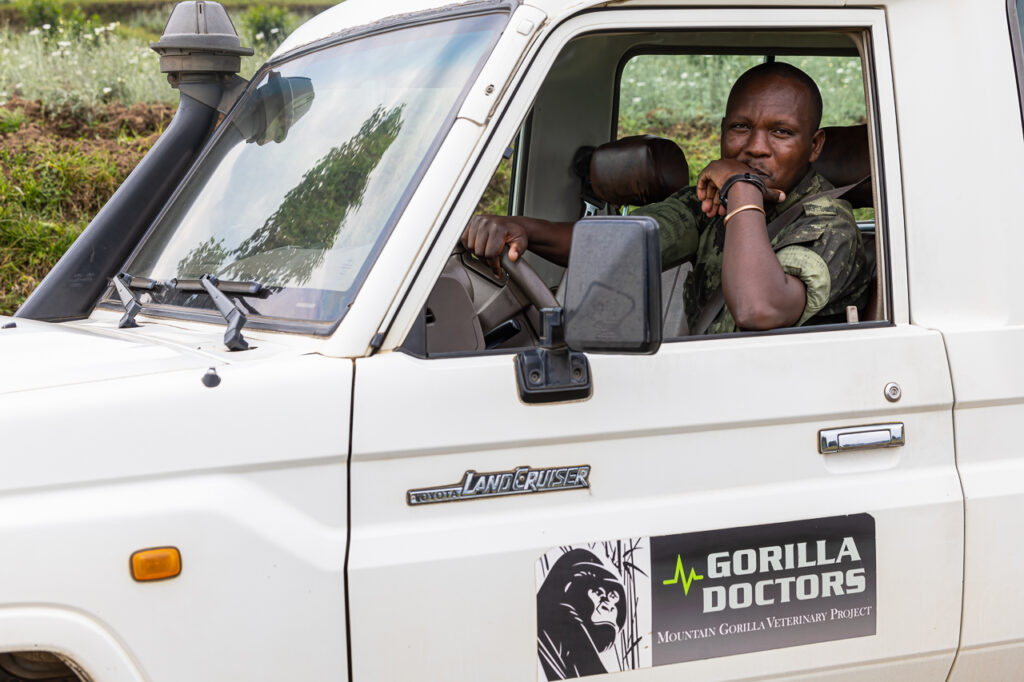
Since March 2022 I have had the privilege to volunteer with Gorilla Doctors, helping to document their work through photography. The dedication and passion of the women and men that work for this organisation is simply inspiring, the challenging work they do and the environment in which they do it is just immense. This has been highlighted to me when trying to keep up with the Rwandan Gorilla Doctors team as they ‘fly’ up and down Volcanoes National Park, or crawling after the DRC team on hands and knees through the thick forests of Kahuzi-Biega National Park in eastern DRC. They truly are saving a species, one gorilla at a time. Please learn more at: www.gorilladoctors.org.
1 Robbins, Martha M., et al. “Extreme conservation leads to recovery of the Virunga mountain gorillas.” PloS one 6.6 (2011): e19788.


Inspiring work by all the teams. I gladly follow their adventures thanks to your highlighting of their work Will.
My pleasure to promote the great work they do in the region. It was also a real privelege for me to support their work Dave, I hope to do so again in the coming months.
I have loved Gorilla’s since I was a young girl. The care that the amazing Gorilla Doctors provide is critical to their good health & well being. I thoroughly enjoyed reading this article! Keep up the great work.
Many thanks for your comments and kind words. I am really glad you enjoyed the article and images too!
Amazing article, very well documented! The Gorilla Doctors are doing an extraordinary work. Awesome to hear that this Gorilla’s population is increasing. It’s so rare nowadays.
Thanks for sharing Will
You’re welcome Nikky, I’m glad you enjoyed it.